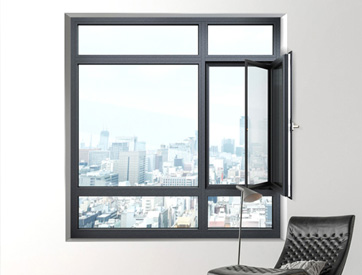What are Energy Efficient windows?
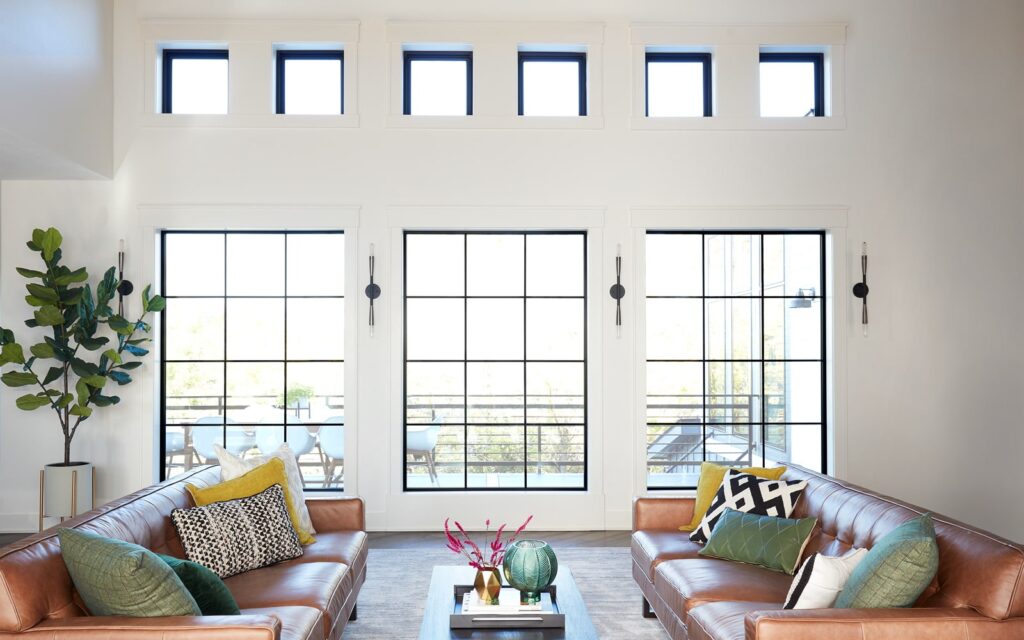
Energy efficient windows are designed to minimize heat loss and reduce the energy consumption of air conditioning and heating systems through special designs and materials that save energy and reduce carbon emissions and improve the energy efficiency of modern buildings.
The main types of energy efficient windows:
- Double-glazed windows
Consists of two layers of glass and an inflated void. This design improves insulation by slowing down the flow of heat through the two layers of glass and the gas barrier.The air-filled voids will be filled with argon or krypton gas, which have a lower thermal conductivity and help to further improve the thermal insulation of the window.Spacer
- Triple glazed windows
Triple glazed windows are more advanced than double glazed windows in that there is an additional layer of glass in addition to the two, which further enhances the thermal isolation properties of the window. The interstices of triple glazed windows can also be filled with different gases such as argon, krypton, or even a vacuum to further improve their thermal and acoustic insulation.
- Low-E glass windows
Low-E glass windows are windows that are coated with Low-E, a thin metal oxide coating that reflects infrared light (heat radiation) but lets visible light through. By reflecting heat, Low-E glass effectively reduces heat loss in the winter and can reduce solar heat gain in the summer.
- Air-tight Windows
Airtight windows are windows that are designed with a high degree of sealing to ensure that there is no air leakage between the window frame and the window glass. Through the use of high quality seals and rubber strips, airtight windows minimize air movement, thus reducing heat transfer and loss. Not only are airtight windows energy efficient, they are also effective in preventing outside noise, dust and water infiltration.
- acuum glass windows
Vacuum glass windows are a new type of energy-saving windows, whose design principle is that there is no gas filling between the two pieces of glass, but is pumped into a vacuum.This structure greatly reduces heat conduction and convection, and the vacuum layer has a very good thermal insulation effect.
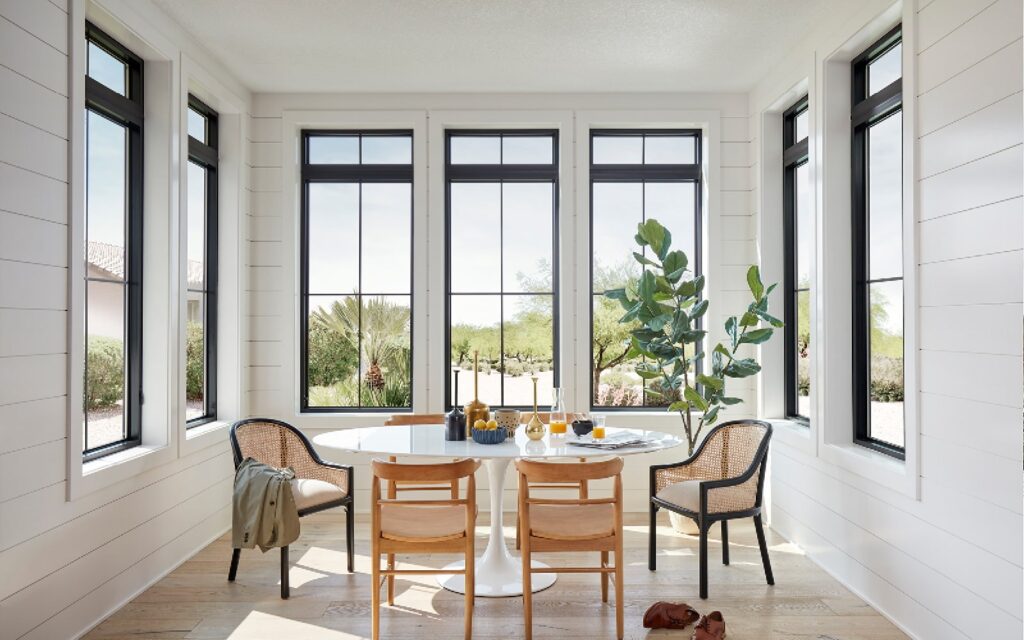
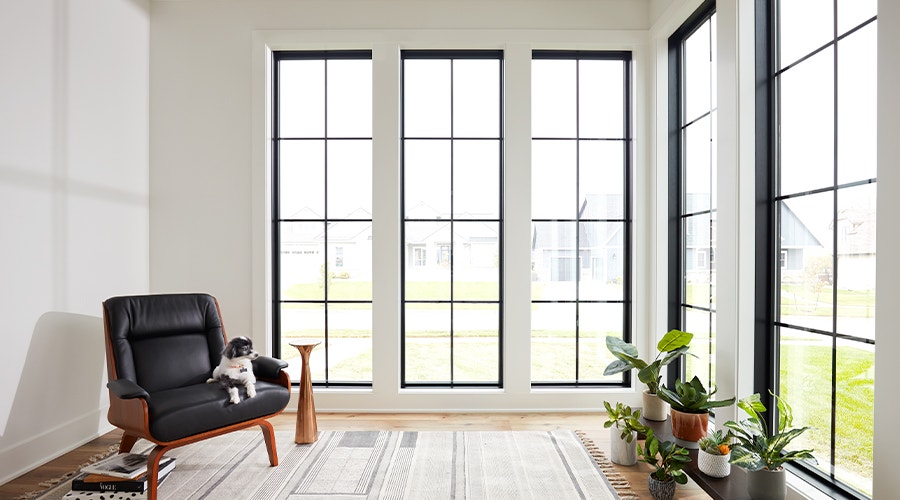
Advantages and disadvantages of energy-saving windows:
Advantages of Energy Efficient Windows:
- Energy savings: Reduced heating and cooling requirements reduce energy costs.
- Improved comfort: maintains a stable indoor temperature, reduces cold and hot air infiltration, and increases living comfort.
- Environmentally friendly: Reduced energy consumption contributes to a smaller carbon footprint.
- Reduced condensation: Energy-efficient windows are often effective in preventing condensation from occurring on the surface of the glass due to excessive temperature differences.
- Increased property values: Homes with energy-efficient windows tend to have higher market values because they help save energy and improve comfort.
Disadvantages of energy efficient windows:
- Higher cost: The initial investment in energy-efficient windows is usually higher, but the long-term energy savings benefits will make up for it.
- Installation Complexity: High-performance, energy-efficient window installation requires a higher level of skill and may require a professional to perform the installation.
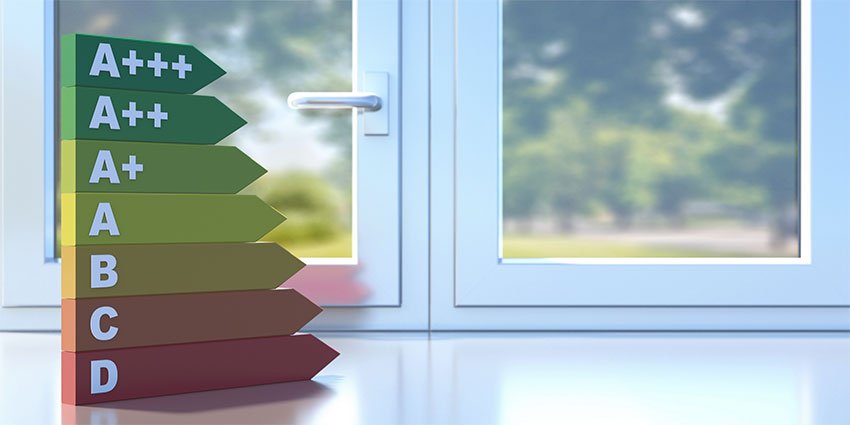
How do I choose or calculate energy efficient windows?
The budget for energy-efficient windows usually depends on a number of factors, including the type of window, size, material, design, installation complexity, and market price in your area.
When developing a budget for energy-efficient windows, you can start by finding out if local policies offer subsidies or incentives for energy-efficient windows, and then basically consider factors such as installation, transportation, and long-term energy savings payback in addition to the cost of the windows themselves.
While high-performance, energy-efficient windows have a higher initial investment, they can lead to significant savings in the long run by reducing energy consumption and improving comfort.
If you are on a budget, consider choosing double-glazed or Low-E glass windows that offer better energy savings without being too expensive.
